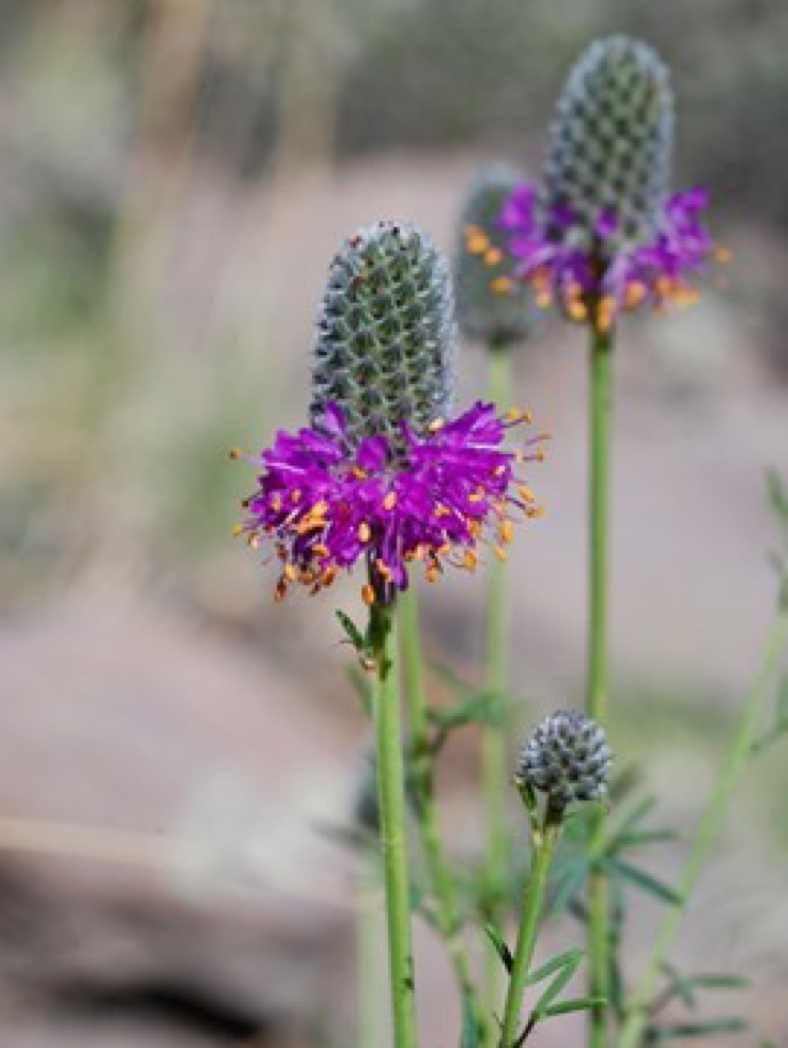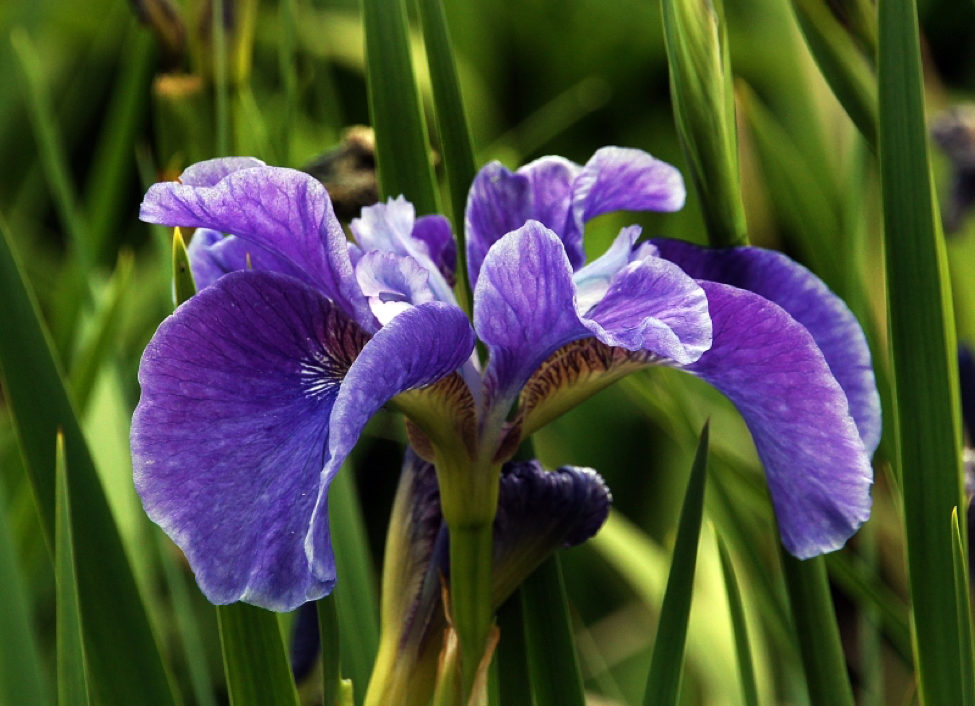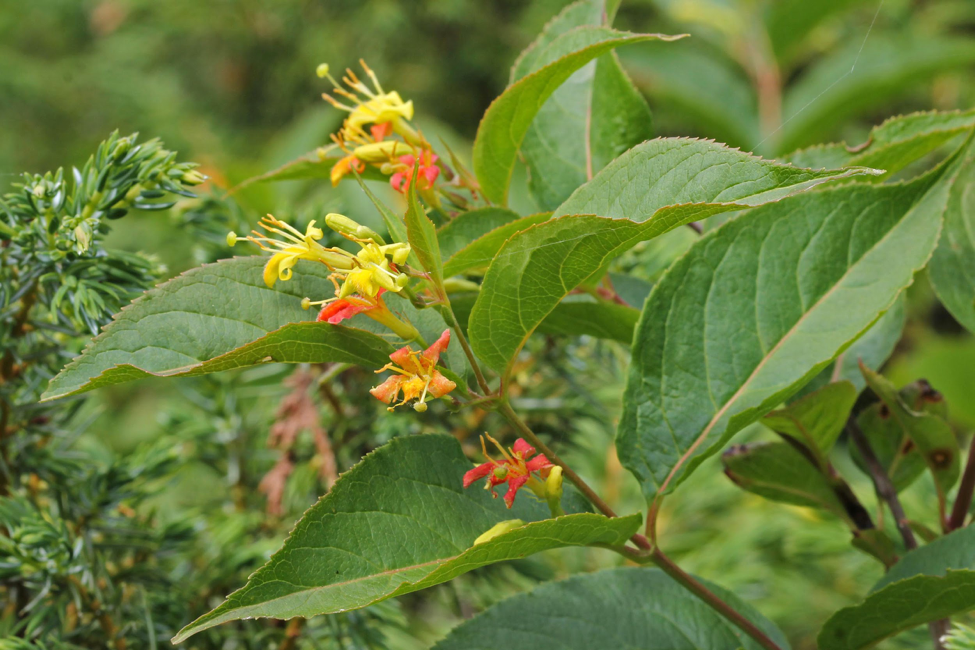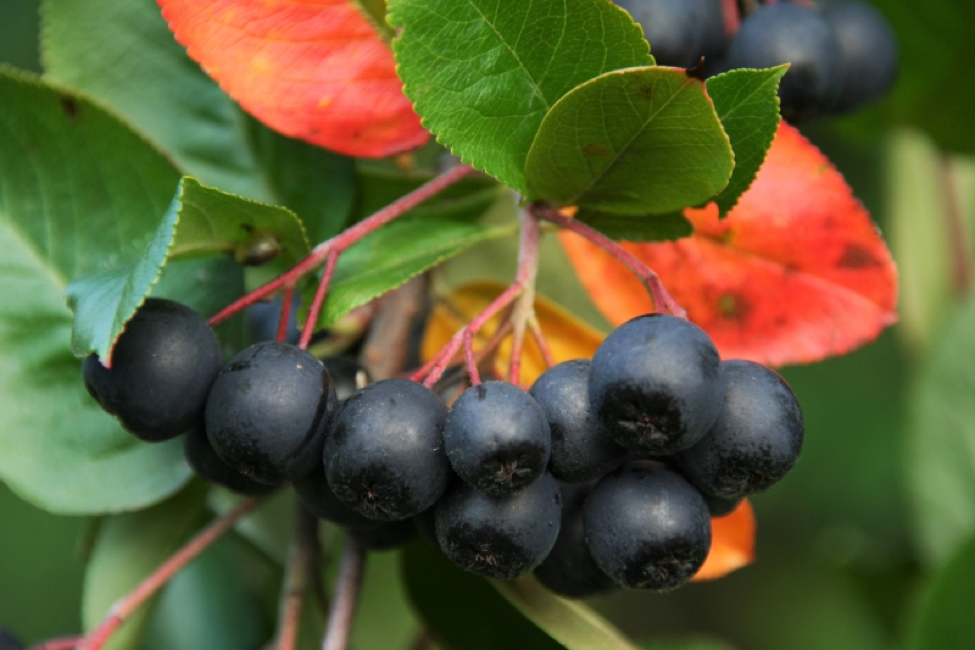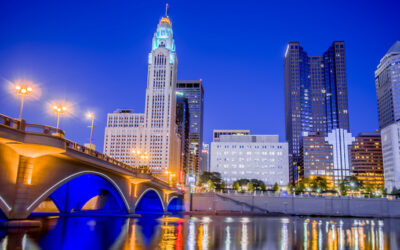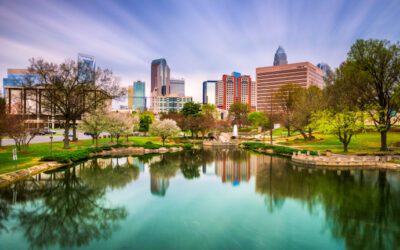Wildflowers and shrubs do well in the tolerant Minneapolis climate. There are many different native plants in the area that are tolerant of different soil types, moisture levels, and sunlight exposure. Choosing native wildflowers in your garden will attract natural pollinators like butterflies, bees, and birds. Planting native shrubs will ensure growth during warmer seasons and also hardiness to last through frigid Minnesota winters.
Here are 5 native plants that you will see everywhere when you move to Minneapolis.
1. Showy Sunflower
Scientific name: Helianthus laetiflorus
Moisture level: Dry-Average
Sunlight: Full Sun
Height: 3-6 ft.
Width: 1 foot
Coloring: Yellow
Leaf Shape: Rough oval
Wildlife attraction: Birds and butterflies
This beautiful sunflower, also known as the Cheerful Sunflower, shows off its large blooms with bright yellow petals and dark centers. It blooms later in the summer and can grow up to six feet tall. The Showy Sunflower thrives in dry to medium wet soil and loves full sun. It spreads quickly and should be planted in a small patch with enough surrounding space for it to spread. It would do best in an area of your yard that has a lot of extra space. The hard-to-miss blooms attract pollinators like butterflies and bees and also make a great photo op for anyone in your garden!
2. Purple Prairie Clover
Scientific name: Dalea purpurea
Moisture level: Average
Sunlight: Full
Height: 1-3 ft.
Width: 1-1.5 ft.
Coloring: Pink, Purple
Leaf Shape: Narrow
Wildlife attraction: Butterflies, bees, wasps, flies, skippers
The Purple Prairie Clover is another native Minnesota plant that loves full sun. This easy-to-grow plant does well in average soils that are well drained but can also tolerate drought due to its thick taproot that extends deep into soil. The plant features small purple flowers that grow in dense cones. 3-5 narrow leaves extend underneath the coned flowers on thin stems. The flowers bloom from the bottom of the cone to the top creating a show stopping accent of color and interest to gardens. Watch for butterflies and other pollinators who will take advantage of the many tiny flowers that adorn the thick cones.
3. Blue Flag
Scientific name: Iris versicolor
Moisture level: Average-Moist
Sunlight: Part Shade- Full
Height: 2-2.5 ft.
Width: 2-2.5 ft.
Coloring: Light blue
Wildlife attraction: Hummingbirds
Also known as the Northern Blue Flag, the Blue Flag is an iris that does well in average to wet soils and can tolerate areas of your garden that are partially shaded or in full sun. It enjoys moist conditions and would do well along a border or near a water feature. It has tall narrow leaves and produce 3-5 light blue or purple colored blooms that open in late spring to early summer. It is a low maintenance place that is also deer resistant. The Blue Flag is susceptible to insect pests and can be prone to disease associated to rot. Be careful not to ingest the poisonous rhizomes or touch the sap that can cause skin irritation.
4. Northern Bush Honeysuckle
Scientific name: Diervilla lonicera
Moisture level: Dry-Moist
Sunlight: Full Shade-Full
Height: 3-5 ft.
Width: 3-5 ft.
Coloring: Orange, Red
Leaf Shape: Medium Oval
Wildlife attraction: Bees, butterflies, moths, hummingbirds
The Northern Bush Honeysuckle is a native shrub found throughout Minnesota. It is an easy to grow suckering plant that can tolerate most soils and light exposures. These shrubs do well as hedges or on slopes to prevent erosion. The Northern Bush Honeysuckle is also deer resistant when planted in landscapes and can tolerate drought well.
New growth is seen in red leaves that turn to green as the shrub matures. Small tubular orange and red flowers grow in clusters during the summer months. These beautiful flowers attract many pollinators, including hummingbirds, although the flowers are non-fragrant. Fall brings change to the bush as it turns yellow, orange, red, or purple during cooler temperatures.
5. Black Chokeberry
Scientific name: Aronia melanocarpa
Moisture level: Moist
Sunlight: Full – Partial
Height: 3-8 ft.
Width: 2-6 ft.
Coloring: White, Red, Orange, Purple
Leaf Shape: Small Glossy
Wildlife attraction: Birds
The Black Chokeberry provides interest during spring and summer. This native shrub produces white flowers with pink centers in the spring. The blooms turn to fruit during the summer which attracts birds and other wild mammals. The finely-toothed leaves generate interest as they turn bright red, orange, and purple once fall arrives. This shrub is tolerant of a variety of different soils but prefers moist conditions. Black Chokeberry is a suckering plant that does well in areas that require windbreaks or erosion control. The small blueberry sized berries are high in antioxidants and can be used to make a variety of jams, jellies, syrups, and teas as well.
For more information about native plants, gardening, and lawn care in the Minneapolis area, visit LawnStarter Minneapolis.

